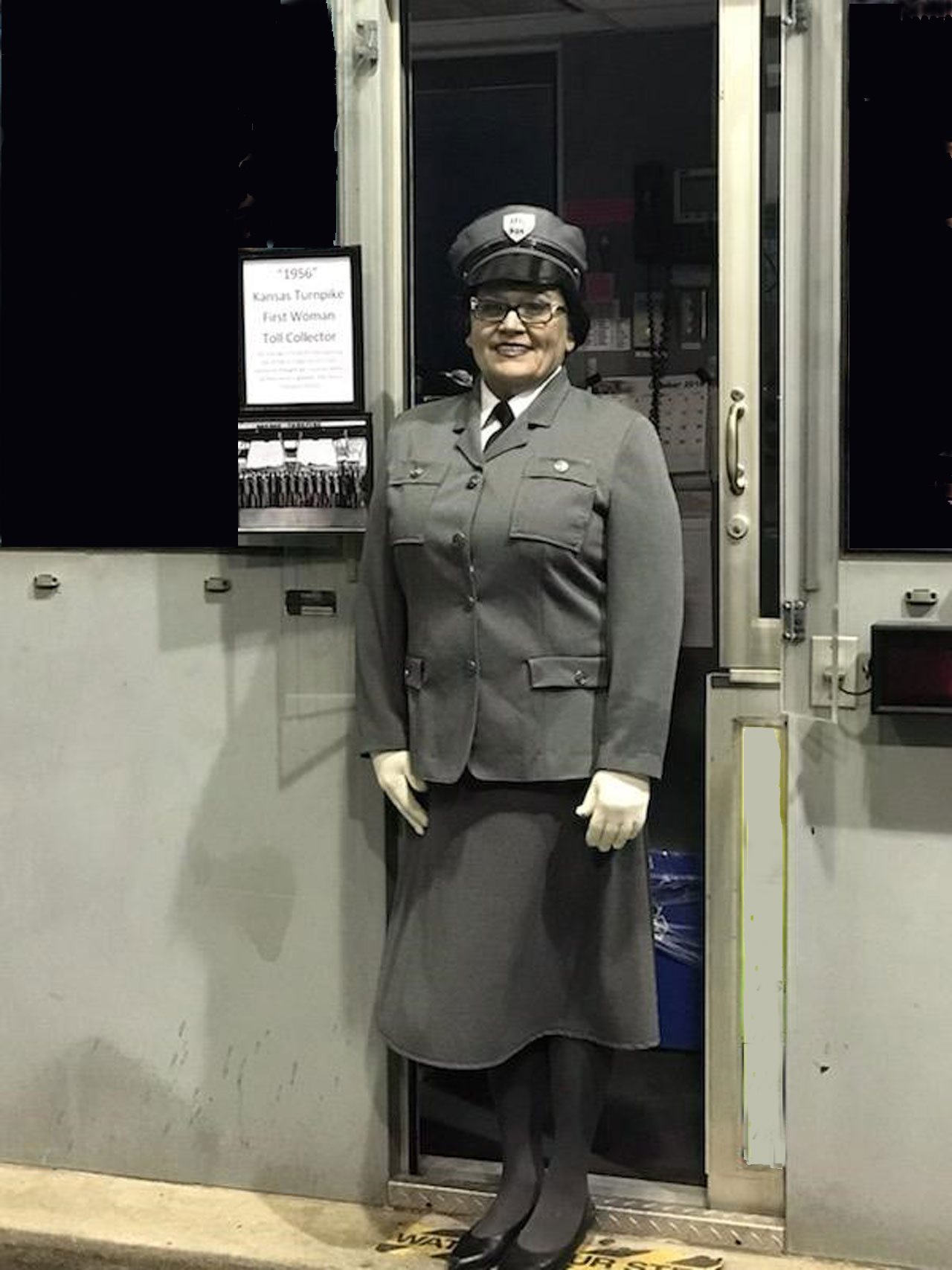2019-03-24T23:01:00
(BPT) – The decision to return to school is not made lightly. While earning a degree can be highly rewarding in the form of better career opportunities and higher pay, the path to get there can be filled with challenges, especially if you’re trying to fit school and studies in with your work and family responsibilities.
An education unlocks so many doors. It’s worth taking the time to make sure you’re opening the door that’s right for you.
Before you register for that first class, it’s important to consider and plan for how you’re going to get it all done, from working out an arrangement with your workplace to accommodating your school schedule and enlisting help from family members to get chores done.
Here are top questions every potential student should ask themselves before they begin the journey.
What are my career goals?
When you’re looking at a specific college program, it’s good to take a step back and examine your goals and motivations and how going back to school fits in. If you’re hoping the degree or certification will lead to a promotion or pay increase so you can better support your family, it’s important to know how that will happen. To get a gauge on the local market, search for job openings in your chosen field. If you have time, sit down for informational interviews with people in the field to give you a clearer picture of how a degree or certification can help you. Finally, some institutions provide support and information to prospective students. Make an appointment with the career center so you can better understand how a certain degree will advance your career or help you meet your goals.
How will I manage the costs of education?
High tuition costs and student loans can be a source of worry for many students. Before you commit to a school, be sure to take some time to uncover resources that will make your education more affordable. Start by talking to the financial aid office. Some institutions offer scholarships and financing options, as well as programs that incentivize students to do well. For instance, Strayer University automatically enrolls bachelor’s students in its Graduation Fund, which allows students to earn one no-cost course for every three classes successfully completed. These classes can be redeemed in the student’s final year of their bachelor’s degree program. As long as students stay continuously enrolled, these credits have the potential to reduce the cost of a bachelor’s degree by up to 25 percent.
Other cost-reducing avenues at other schools include research scholarships and grants, which may be available to people in certain fields. Also, don’t forget to talk to your employer. Many workplaces offer tuition assistance programs to their employees.
Does the program offer flexibility for my busy schedule?
Earning a degree or certification is a major commitment. For some students, work and family responsibilities can elbow their way into a busy school schedule. “It helps to know the availability and quality of flexible options offered by your school. These offerings can help make your educational experience more manageable and enjoyable,” said Brian Jones, president of Strayer University.
There are programs structured so students can learn at their own pace. FlexPath — available at Capella University — gives students the flexibility to complete coursework at a speed that is comfortable for them. Students are evaluated by how well they demonstrate competency in a course, so whether it takes two weeks or 12, they’re free to move on to their next course at their own pace.
Once you flesh out the answers to these key questions, you can start taking classes with the confidence that your chosen program is right for you and your career.













